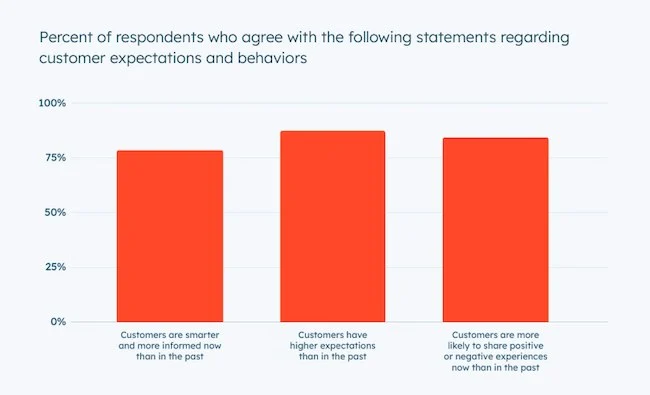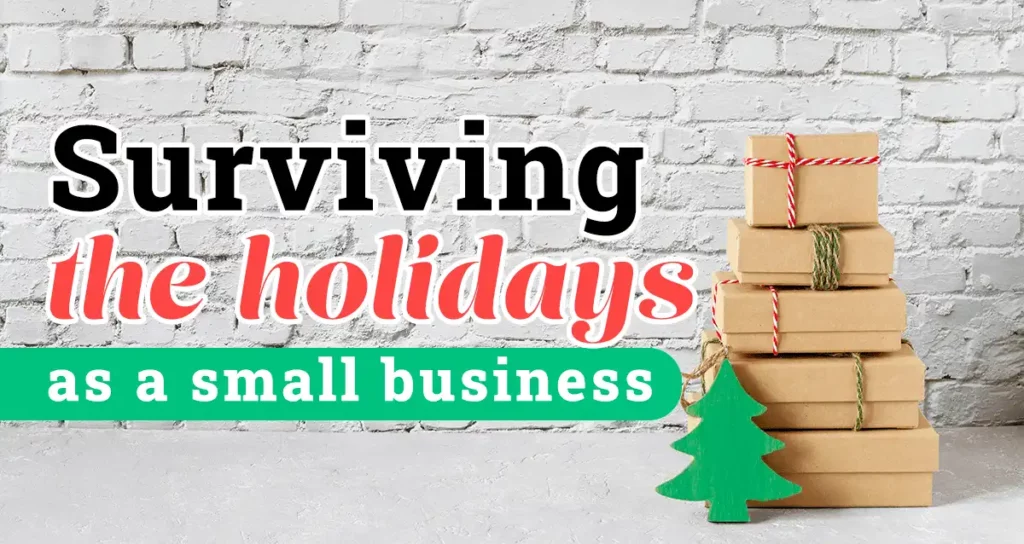Tips to Make Better Decisions for Your Business

How can you better calculate your business risk and make smarter decisions?How do you know if you’re making the right decisions for your business? Are you using the right toolsand information to come to adecision? How are you evaluating your business risk through a short-termvs. the long-term lens?These are only a few of the many questions small business owners have about evaluating their businessrisk and decision making.Luckily, I had the pleasure of sitting down with OnDeck’s Chief Risk Officer, Nick Brown, and I was able toget the low down on how small business owners should consider risk within their businesses.One of the most important thing for business owners to understand is the risk theirbusinesses face, forboth the short-term and long-term. In other words, make sure you’re evaluating long-term risk evenwhen looking at short-term projects, not just short term—and vice versa. Projections for thesecategories are often of a different nature, and you will need to consider different factors to make thebest decisions.What is Risk?Before we go further into talking about long term or short term risk, let’s define “risk”. Risk is a termthat is often confused with projected losses, but in reality, risk is pretty straightforward. Simply put, Risk= Uncertainty. Unforeseen risk can sometimes result in losses, but risks and losses are not the samethings. When you are asking yourself how much risk is involved in a decision, you are asking yourselfwhat factors are you uncertain about and how much uncertainty can you live with when making adecision?You should be thinking about the things in your business that you have the greatest uncertainty aboutand which of those could have the most significant impact from this uncertainty. Once you evaluateyour different options, the choice that offers the lowest level of uncertainty and the highest level ofpotential positive impact is likely where you should focus your efforts. You should avoid those initiativeswith a high level of uncertainty and high potential for negative impact. Better yet, taking action toeliminate the uncertainty regarding those initiatives with a high level of uncertainty could make whatappears to be a higher-risk project a profitable project
To fully understand your business risk, every business needs to focus on three things, which will varybased on your business model and customer base:1. Measure the risk2. Monitor the risk so you can react to it3. Wherever possible, take actions to mitigate the riskAll three of these areas are important because no one of them is sufficient to run your small business on–(1) you can’t mitigate risk away from measuring because without measurement you won’t be able toget a clear pictureon an economic level. (2) You can’t get away with only monitoring because withoutthe measurement framework it doesn’t prove the right signal tobuild the measurement on top ofThere are several resources available for business owners to help you evaluateand measure yourbusiness risk. There are also services to provide information on industry and customer sentiment.What’s more, there are advisors and tools at little or no cost through public agencies and universities tohelp you better understand and mitigate risk in your business.Understanding Short-Term vs. Long-Term Risk Impacts:Short-term risk will cause disruption in profitability and growth in the short-term, manifestationwindows are much different for the things you might consider long-term risks. It’s possible to see aseasonal variation, but not real changes in underlying demand, as a retailer for example, you likelywouldn’t see an increase in risk that would extend over a five-year, or longer, horizon.If your business was a used bookstore,you may see month-to-month variations in your sales, but youwould not have been able to see the drop in printed books over the last decade. Therefore, you couldnot make short term decisions based on the long-term risk, because you didn’t even know it was there.To deal with long term risk your most effective approach is to hedge, or diversify to at least ensure yourlong term risks are uncorrelated. You can also reduce the impact to your business by increasing thediversity of your business model.Cyclical Businesses:Cyclical business should consider doing that in the down time, and make sure they know whether it is aninflection point of the usual cycle or a structural change. There are some cases when a business reachesan inflection point for a cyclethat encompasses a shift in the market so large that you need to considera structural change so that your business is set up for an exit into new opportunities. This is appropriatewhen your analysis reveals the market has changed and current business islikely not coming back again(think record shops).
Whatever your business’ long-term risks are—new tech, new products, etc. if you’ve properly evaluatedthe risks and set up your plans accordingly, you should be able to pivot and react in a timely fashion toany shift in the market.Where Can Small Businesses Can Improve?Long-term risk is what many small business fail to adequately anticipate. Because they are working sohard to stay relevant and profitable short-term—they don’t have the luxury, or take the time, toconsider the long-term risks they face. So, when you consider the risks your business faces, make sureyou consider the long-term risks to your business and your industry when you evaluate shorter-termrisks. Don’t be afraid of the shifts inyour industry—come at them with innovative ideas and gusto andyour business will be set up as best as possible to overcome any challenges that come your way.Source:Nick Brown is the Chief Risk Officer at OnDeck. He oversees OnDeck’s credit and risk managementstrategy and executionwww.ondeck.com






Responses